Do you ever find that without you doing much you have been placed in a pigeon hole? Judgements are made and those opinions stick with you. You are effectively the short, fat, old, ginger, gay, black … guy
Well, when I identified as ‘gay’ (because I am so, not a choice then) I was OK to find my pigeon hole was with gay men, lesbians and bisexual men and women. It worked, we all were attracted to someone of the same gender (at least sometimes in the case of bisexuals).
True, I rapidly discovered it wasn’t that simple. You see, I was not a stereotypical gay man. No, a stereotypical gay man was gay first and foremost. Everyone had to know they were out and proud, they were not monogamous, they were often rude and opinionated and, well, I wasn’t. I also discovered that actually, quite a lot of lesbians really don’t like men at all be they gay or heterosexual and, as for the bisexuals, well, no one ever quite knew where they were with them.
But, basically, I was part of the LGB ‘community’. Community is actually a really bad word, it totally isn’t! It’s full of cliques, and this group, that group, tops, bottoms, versatiles, leather queens, twinks … of it so goes on!
But, if someone (clearly not thinking much) wants to put me in the LGB pigeon hole, then OK.
Except now it isn’t OK!
Imagine you are in your lovely Catholic support group and then you discover, it’s no longer the Catholic support group but rather, the multi-faith support group! I mean, a radical departure right. Now imagine it is the black and multi-faith support group, wow, suddenly it feels like it’s not your group any more right?
So, imagine, if you will, how I felt when I’d just got used to this LGB thing when suddenly I was now in the same pigoen hole as trans and heaven knows what other gender issue groups there are.
Don’t get me wrong, everyone is entitled to their own unique community but, what do trans people have in common with LGB? One is about sexuality and the other about gender and, news flash, these are not the same thing.
I therefore disconnect myself, I have left the pigeon loft and am a community of one
(unless other gays choose to join me).



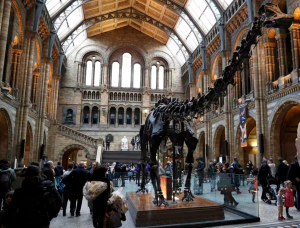
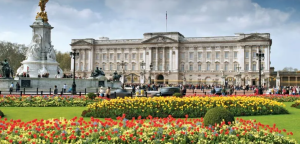
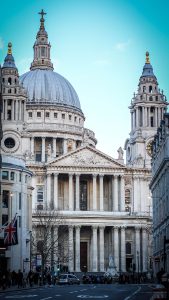
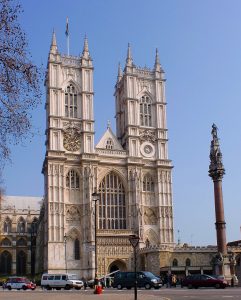
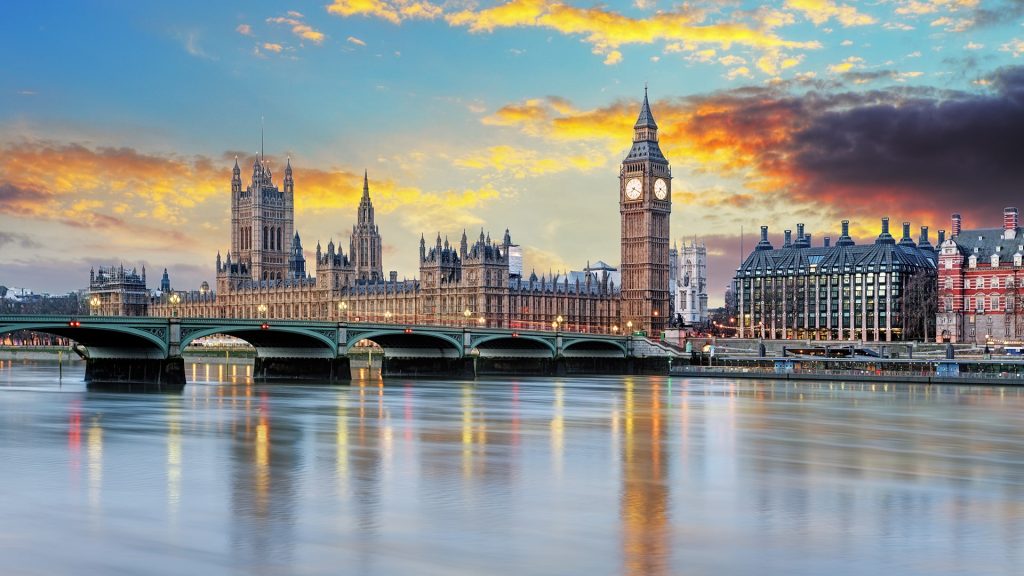
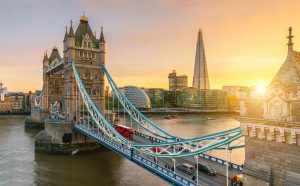
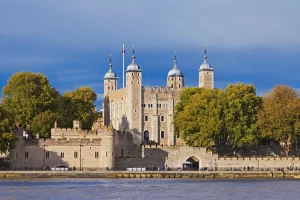
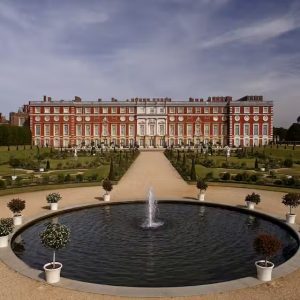

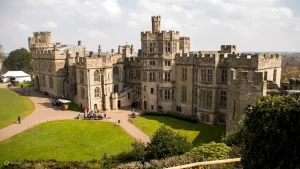
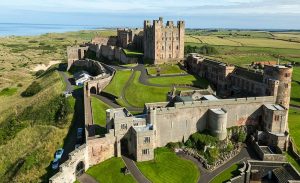
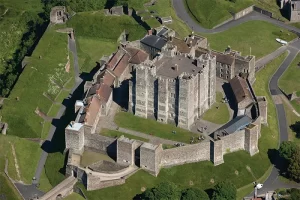
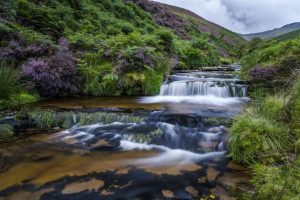
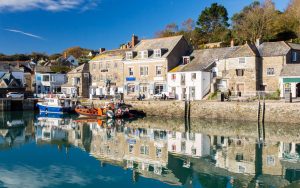
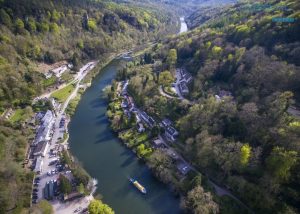
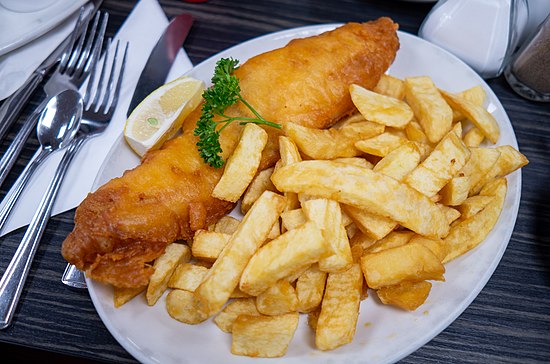
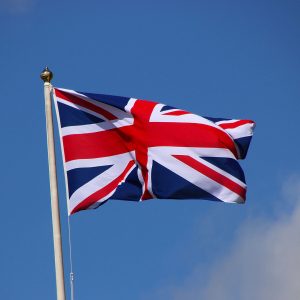


You must be logged in to post a comment.